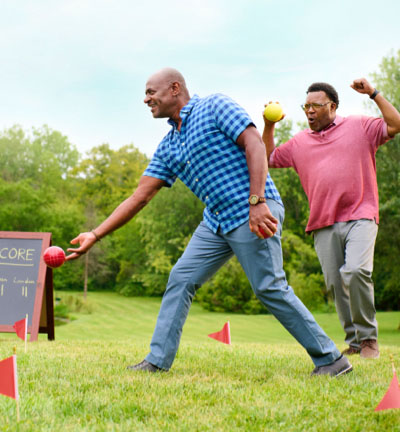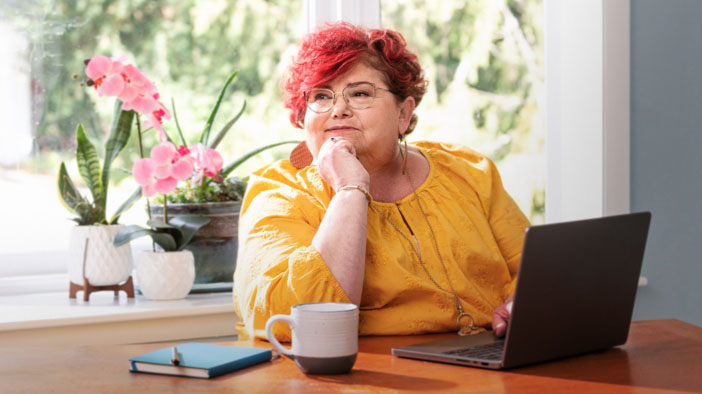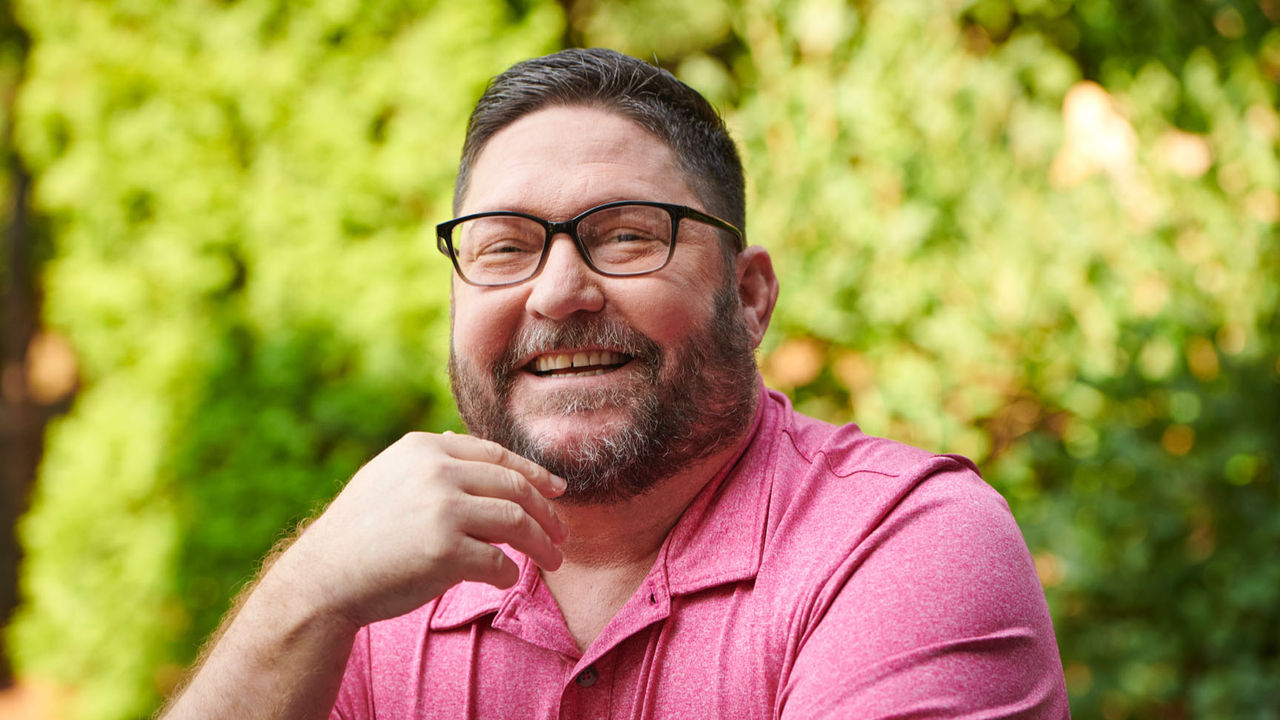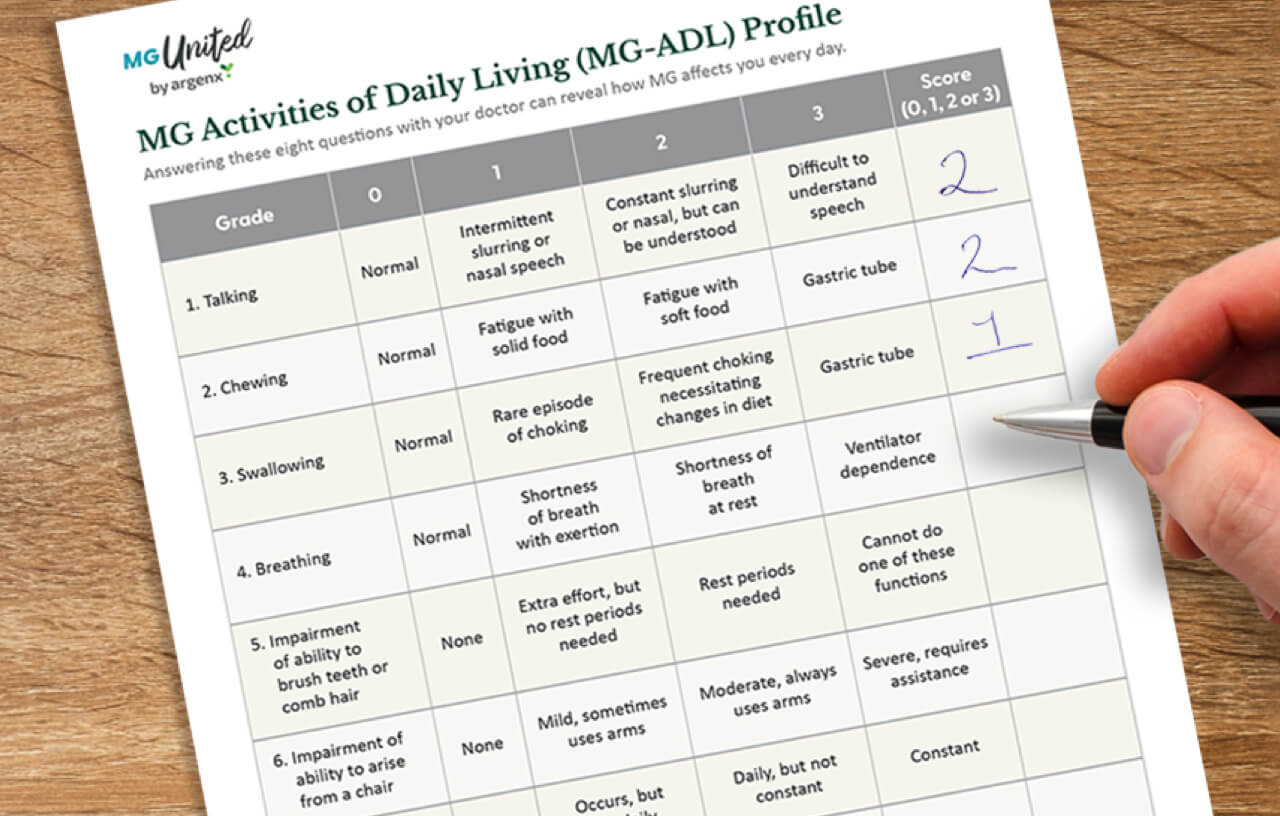Treatment plans and goals can evolve over time. Get tips to keep pursuing what’s right for you!
If several years have passed since your myasthenia gravis (MG) diagnosis, you know life with MG is an ongoing journey full of ebbs and flows. MG symptoms can fluctuate from day to day, and even during a single day. Perhaps you’ve been on the same treatment plan since diagnosis, or maybe you’ve tried a few options. Regardless, it’s important to keep advocating for yourself as your condition changes over time.
Think back to the activities you enjoyed before MG: Are there any you’d especially like to get back to, like cooking or traveling? Or are there new passions you’ve discovered since then? In this article, you’ll get tips to help stay informed on MG developments and recognize your own evolving goals, so you can continue partnering with your doctor to make the best decisions for you.
Keep up with your treatment plan
Kathi,* who’s been living with MG since 2018, described herself as “MG naive” when she was first diagnosed—today, that is not the case. She has learned to advocate for herself and continually works with her healthcare team to explore potential treatment options. Trying another treatment plan or adjusting a current treatment plan might feel intimidating to some, but when Kathi tried her latest treatment plan, she said her doctor put a backup in place. Fortunately, Kathi didn't end up needing that backup plan, as that treatment plan proved to be a fit for her.
“Making a plan with your doctor when trying another medication is important,” she shared. “I think sometimes, you’ve just got to take the jump and do it.”
This educational overview of common MG treatments may help provide information on the treatment options available. Consider the differences between these options and the role they could play in your treatment plan. These options run the gamut—from steroids, an oral medication used to help reduce the immune system response and lead to fewer harmful antibodies that can cause some MG symptoms, to bloodstream therapies, which place healthy antibodies into the blood to help treat MG. Another treatment type that is part of the MG treatment landscape is biologic therapy. Biologic therapy has been used for decades to treat other conditions, and there are two subtypes that are approved for various types of generalized MG (gMG). Biologics are created from living things or products of living things, such as humans, animals and microorganisms (e.g., bacteria, fungi). Always ask your doctor about whether a treatment could be right for you, as well as crisis preparation in the case of an unexpected event, as Kathi pointed out.
Keep up with symptom tracking
Sticking with a symptom-tracking method over time is a great way to not only keep tabs on how MG is affecting you, but also to assess how your treatment plan is working for your symptom management. These are key details to share with your doctor, and the Myasthenia Gravis Activities of Daily Living (MG-ADL) scale is a tool that can help articulate your symptoms in a way that many doctors are familiar with. Kathi regularly uses the MG-ADL scale, as does Chris,* who’s been living with MG since 2016. “I always use the MG-ADL with my neurologist,” Chris noted. “I think it’s a great way to track symptoms, just to figure out how I am. No matter how I feel, it’s nice to document it and actually see it on paper.”
The MG-ADL scale helps identify the impact MG has on your daily life by assessing the severity of your symptoms. It includes eight daily activities related to common MG symptoms, each of which is measured on a scale of zero to three, with a score of zero representing normal function and a score of three representing the greatest severity of symptoms. The total score can range from zero to 24 points—in general, the lower the score, the less one’s daily activities may be impacted. If you’re ready to start using the MG-ADL scale, download it now to print or save on your smartphone.
Minimal symptom expression (MSE) is defined as a total score of zero or one on the MG-ADL scale. Talk to your doctor about your treatment goals as you think about the activities and abilities you want to get back to. For Chris, who had adventurous hobbies like motocross and scuba diving before MG, a goal is to continue playing golf, the one sport he’s still able to partake in with some modifications—like playing in cooler weather or bringing a wet towel to rest around his neck for warmer days. For Kathi, getting back in the kitchen to cook her favorite meals is a big goal, like her family-favorite corned beef and her homemade Bolognese sauce.
We should let our doctors see us as people, not just patients.
Keep up with your healthcare team
No matter how long you’ve been living with MG, consistently meeting with your doctor is valuable. Use your MG-ADL score to guide the conversation: What are your most prominent symptoms? What’s been triggering them? Is it time to explore other treatment options or adjust a current treatment plan? Ask your doctor about the current treatment landscape—both what you’ve learned on your own and any MG developments they can tell you about. Some pointed questions you can ask include:
- What types of treatment options might help me?
- How can I proactively educate myself on the treatment landscape?
- What’s new in MG treatment research?
You can also use the MG management discussion guide for more ideas to help prep for and maximize your appointments.
Moreover, Kathi mentioned not to hesitate to share all your goals, even if they seem small. “We should let our doctors see us as people, not just patients,” Kathi said. “To me, a realistic goal is that I want to be able to hold and cuddle with my grandson.”
Keep aiming for a greater everyday
When it comes to MG, knowledge is power. Regardless of how long you’ve lived with the condition, there’s often something new to learn—and you never know when those learnings could help you get back to doing the things you love! To support you on that journey, keep the resources from this article on hand, connect with other MG community members and continue to pursue your goals for a greater everyday with MG.















